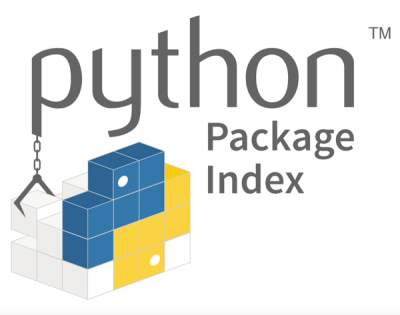ATTENTION: As part of a major update, we will be replacing the existing phosphor-icons package with @phosphor-icons/web. We recommend using the new version, as it has improved performance and significantly smaller bundle size, in addition to having the option to only load the weights you need. Some class names and APIs have changed, so please read the documentation before upgrading. The legacy package will continue to recieve maintenance, but will not be updated with new icons upstream. Take me to the legacy version ➜

@phosphor-icons/web
Phosphor is a flexible icon family for interfaces, diagrams, presentations — whatever, really. Explore all our icons at phosphoricons.com.






Usage
Getting Started
We use a similar approach as many other icon sets out there, providing icons as several webfonts that uses Unicode's Private Use Area character codes to map normally non-rendering characters to icons. Simply add one or more weights by including its stylesheet to the document <head>, and drop in icons with an <i> tag and the appropriate classes for the weight and the icon:
<!DOCTYPE html>
<html>
<head>
<link
rel="stylesheet"
type="text/css"
href="https://unpkg.com/@phosphor-icons/web@2.1.1/src/bold/style.css"
/>
</head>
<body>
<i class="ph-bold ph-smiley"></i>
<i class="ph-bold ph-heart" style="color: hotpink"></i>
<i class="ph-bold ph-cube"></i>
</body>
</html>
Note: You can import as many or as few weights as needed. Only imported weights will match and render as icons.
Weights
Phosphor Icons come in 6 weights: regular, thin, light, bold, fill, and duotone. In order to use a weight, you must include a link to its stylesheet, and use the appropriate weight class on the icon (the regular weight uses .ph instead of .ph-regular):
<link
rel="stylesheet"
type="text/css"
href="https://unpkg.com/@phosphor-icons/web@2.1.1/src/duotone/style.css"
/>
...
<i class="ph-duotone ph-baseball"></i>
The URL format is https://unpkg.com/@phosphor-icons/web@<VERSION>/src/<WEIGHT>/style.css. Other common CDNs may also be used.
Using All Weights
If you intend to use all 6 weights, they can be made available by including the library as a script tag, using the base URL:
<script src="https://unpkg.com/@phosphor-icons/web@2.1.1"></script>
...
<i class="ph-light ph-address-book"></i>
<i class="ph ph-sunglasses"></i>
NOTE: Though assets will be cached for subsequent loads, this will bring in around 3MB of fonts and CSS, and may have impact on page load speed.
Modules
If your environment supports loading CSS files as modules, icon weights can be imported for effect from the package.
$ yarn add @phosphor-icons/web
import "@phosphor-icons/web/light";
import "@phosphor-icons/web/bold";
Styling
Since the icons are just text under the hood, they can be colored and styled with CSS like any other font, including font-size, color, etc.
<style>
.ph-bold {
font-size: 48px;
}
.green {
color: limegreen;
}
</style>
...
<i class="ph-bold ph-airplane"></i>
<i class="ph-bold ph-skull green"></i>
Note: Overriding the font-family, font-style, font-weight, font-variant, or text-transform may break the icons and render unprintable characters. Don't do it. Additionally, all weights use the :before pseudoelement to inject the font glyph, so overriding this property in icon classes can break them. The duotone weight also uses the :after pseudoelement, so it is best not to modify either when styling icons.
Our Related Projects
If you've made a port of Phosphor and you want to see it here, just open a PR here!
License
MIT © Phosphor Icons




